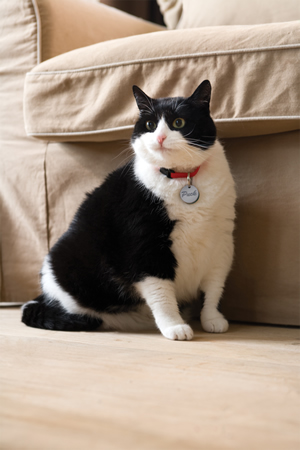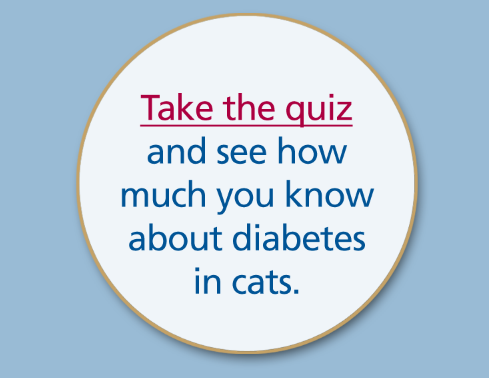Diabetes in Cats
Managing diabetes > Insulin
Controlling feline diabetes often requires insulin injections every day to restore your diabetic cat’s insulin level and manage blood glucose concentrations. Each diabetic cat’s requirements are different, so you will need to work with your veterinarian to find the correct dose and treatment regimen for your pet. It may even be necessary for your cat to stay at the veterinary clinic for a few days so your veterinarian can closely monitor your cat’s response to treatment. Your veterinarian may suggest an insulin product specifically for diabetic cats, a human insulin product, or a human oral hypoglycemic medication. Your veterinarian knows your cat well and will work with you to determine which product best meets the needs of you and your pet.
Some diabetic cats no longer need insulin after a few weeks or months of treatment, a condition known as clinical remission. However, clinical remission does not mean your cat’s diabetes has been cured. Care must still be taken with your cat’s diet and lifestyle. Insulin treatment may be required at a later date in cats that have gone into clinical remission.
If your cat does need daily insulin injections, you’ll need to learn how to administer them. At first you may be nervous or even afraid of giving your cat an injection. You’re not alone! Many pet owners are anxious about giving injections, but it’s easier than you think and you’ll quickly learn how to handle daily injections with little stress for your pet or for you.



